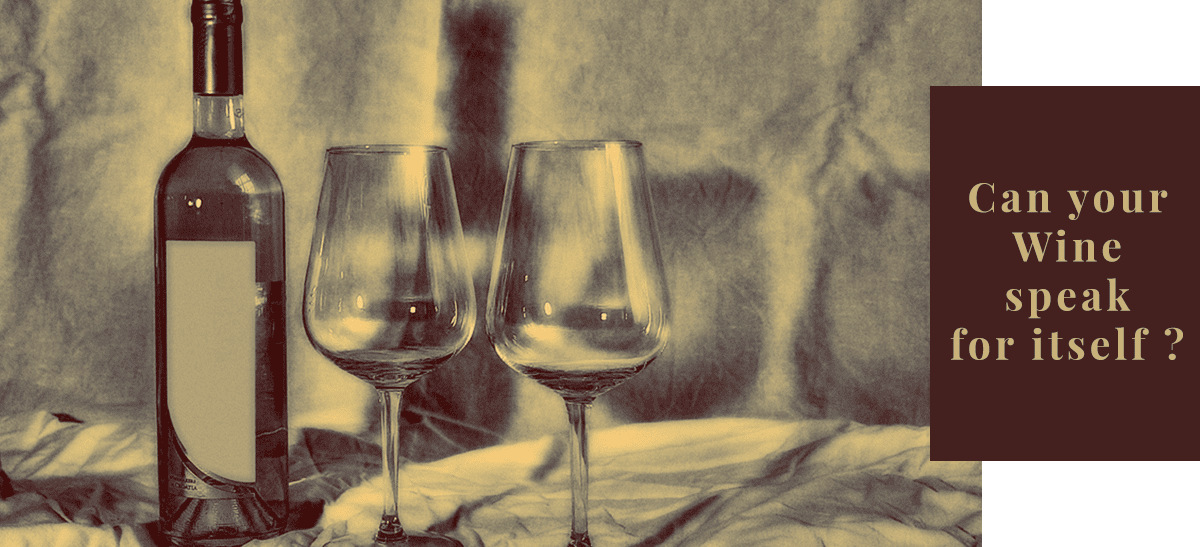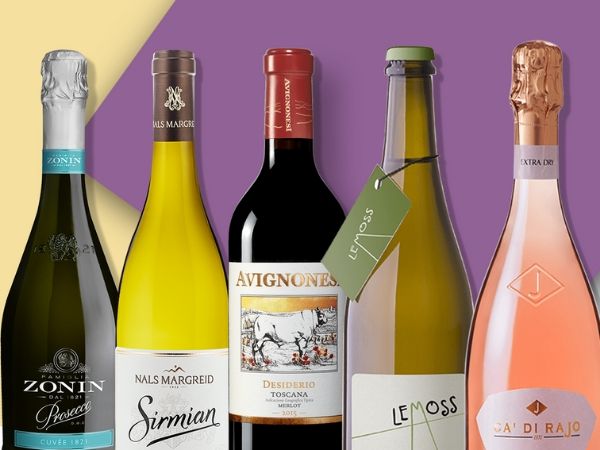Early Bird
Deadline
January 31, 2026
Judging
Date
May 18, 2026
Winners
Announced
June 10, 2026

“Sometimes with wine we talk a lot about communication. But the first thing is to find out who your audience is and direct all your energies towards them.”
Felicity Carter, Editor in Chief, Meininger’s Wine Business International,
at The Wine Whiskey Weed Show, Hosted by Sid Patel.
Before understanding how to create the communication narrative for your wine brand it is vital to first bring the possible miscommunicating narratives that your wine brand would like to completely unconditionally steer clear of. It is not only essential to know the right way to communicate but it’s equally significant if not more to know the wrong way to communicate since unless you don’t know, you wouldn’t be in a position to confidently avoid it.
It is very important to first sort all the W's i.e. What, Who, Why and Where, before thinking of How. With respect to the wine, of course, the below questions could provide you with a kind of a template to start with:
1. Who particularly is going to drink your wine?
2. Who you are speaking to and why are you speaking to them?
3. Who your wine audience is?
4. What is the message that needs to put across?
5. Why is communicating your wine in certain way necessary?

A good wine label is one that will stand out in a wine store of 300 wine bottles in a store.
1. Is it eye-catching?
2. Is it high quality?
3. Does it communicate what’s inside?
4. Does it communicate something about you?
By the questions asked above it should’ve been clear by now that creating a good wine label is not just a task of a person who is good with graphics, but this person needs also have a good knowledge of wines, and the wine market. This person must know nearly every other wine label design in the market and only then would this person be able to create a wine label that actually stands out on a retail aisle.
Although several times, you may just not need that expert of a person since if you are selling sparkling wine, it is possible that the bottle itself or maybe the color of the foil is becoming your unique selling point. Or maybe if it is a rosé maybe it is your bottle shape is what is actually helping you create your unique brand and pushing your sales numbers.
“You need to be able to paint a picture in a conversation. The lost part of sales is the storytelling side.” - Richard Harris
Most players of the wine industry often think they are telling a story about their wine brand, but they almost never are. Your wine story needs to be truthful, honest, unique and something worth telling. Once those are in place, you are going to have to decipher the best way that it can be told. There will always be numerous ways of telling a story to anyone, and there will always be the best way. It could be anything, maybe but leaving the best punches for the final impact, maybe by reverse engineering and revealing the ending in the beginning like Christopher Nolan’s Memento.
No, you are not going to match Christopher Nolan’s level in order to get your wine story. Preceding all of this, you are first of all going to know if your wine even has a story or not, and it really isn’t hard to know that, but it is extremely hard to sustain a hoax story just for the heck of having one.
The best way to formulate your story is to craft a 10-minute talk and in the way make it more intimate for speaking to someone in purpose or customize the pauses if you are speaking about it on a stage with a crowd.
Google Analytics is a great tool to understand wine sales online. But the fact that the message that you send across could be your wine story or maybe an announcement of some kind, it needs to be shareable or at least it needs to be important enough for your audience to know about it. Just like D. Eisenhower, the audience can identify if your message is not important or urgent or both. If it isn’t both, good luck achieving their attention the next time that you actually have something worthy to convey.
We all think that most smartphone readers have a lower attention span, but that it is mostly not true. A person reading on a computer screen will have more number of words not only on one page but also in one line. Hence it’s the comprehensiveness vs interest value that will matter more. Comparing to that, the number words on a single page or even in a single line on a smartphone is comprised enormously. One will now have to create a banger communicative narrative not just in a page but in almost every other line since psychologically it still remains one line, one page on a smartphone and if one does not feel impressed with those fewer words, one loses attention.
With every line that they change it needs to be interesting faster. To them, it is like they're reading a book. They are only expecting a little more due to comprehensiveness of the screen size of a smartphone.
“One thing that hasn’t changed is high quality will always win! Very high quality that can’t be found anywhere else.” – Felicity Carter
Enter your Wines now and get in front of top Sommeliers, Wine Directors, and On-Premise Wine Buyers of USA.
